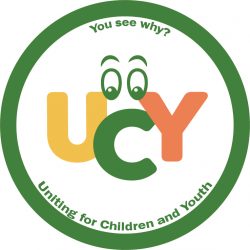People can show up for a virtual festival much like they show up for an in-person one, . . . unmuted and cameras on. As people do with in-person festivals, conferences, summits, assemblies, or whatever the occasion is called, virtual attendees can be present the whole time participating in events, making connections and meeting up informally. People can have their own zoom links ready to simulate someone saying at in-person conferences, “Let’s meet in the lounge at 2:00 pm.” Instead of the lounge, the meeting place would be a person’s zoom room and people could bring their own drinks and snacks instead of having to buy them. As often happens at a conference, if informal chats get really interesting, people might miss something on the festival agenda they had been planning to attend. If people work together in the days before a festival, to get lots of people attending it, they won’t need to worry about leaving some scheduled event with no audience. It is for each person to make the conference as rich as possible however it evolves.
Most people feel that in-person conferences allow for stronger connections than virtual ones, but the difference is not as great as some may think. If you have been in virtual breakout-rooms of three or four people for only ten minutes or so, you will know that strong connections can form quickly in them and so sharing a zoom link in chat for a later meet-up before being booted out to the main room is something to have in mind. While the in-person festival has its more personal strength, virtual meetings are not devoid of them. During Q&A with in-person gatherings, often only a fraction of people get to ask their questions or comment on what has been said, others may have trouble hearing those who are asking them, and people speaking from the audience may remain anonymous. With virtual events, it is possible for everyone to put their questions and comments in chat, to turn up their volume if necessary, and to see the name of people who speak, assuming they provide it with their sign-in.
Overall, virtual conferencing is a powerful tool for accelerating the transformation of education. The Learning Planet Festival, with its global, decentralised invitation to individuals and organisations to autonomously design and submit their event onto the Festival’s platform provides a valuable example of how to organize major events with shared responsibility so that all the work does not fall on the shoulders of too few people. It creates a wonderful opportunity for conscious collaboration.
Other advantages are that virtual conferences that can help to speed up the change process are that it is far easier and less expensive to join virtual events than it is in-person ones, which allows people to participate in more of them, which helps to keep the change makers connected. Also, if people cannot fully participate because of other things going on, they can still listen in with cameras and mics turned off, and recordings of events are more easily made and shared.

